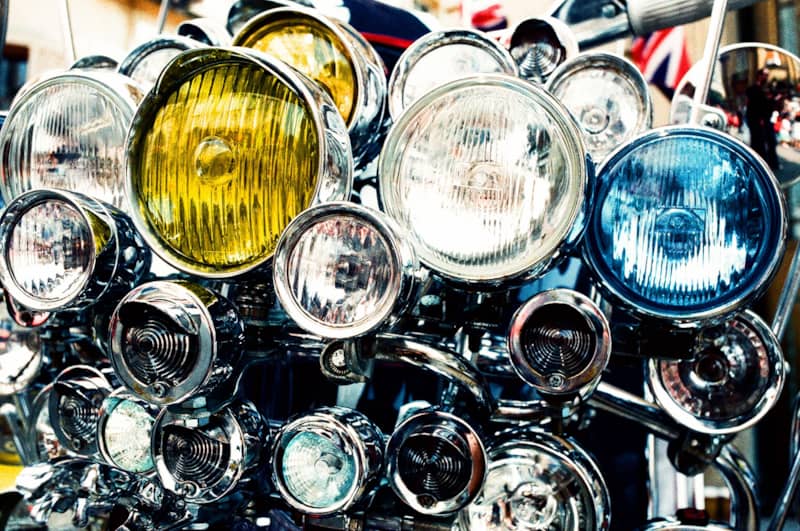Amazing Innovations: Let There Be Lights!
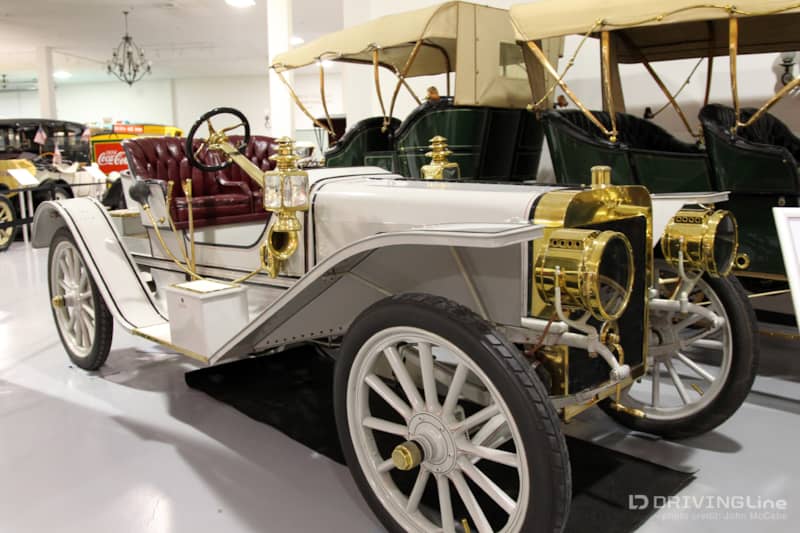
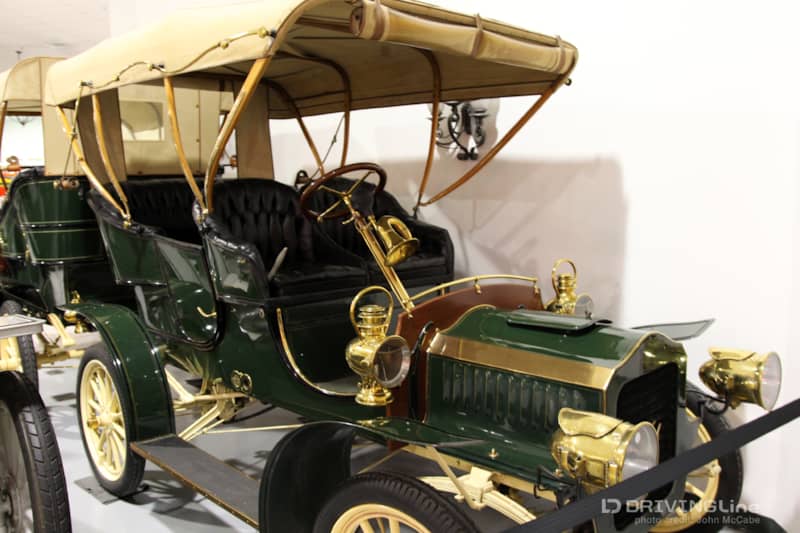
Electric Headlights Arrive
It wasn’t until 1912 that an automobile came out with electrically-controlled headlights, when that year’s Cadillac was introduced (it’s the red Caddy in the picture below, parked next to a green 1908 Caddy). Gases in headlights however never really went away. Sealed beam incandescent lights were the dominant force in lighting for more than half a century. Sealed beam headlights operate by using a filament to generate the light source, a reflector behind the filament to intensify the light and a series of prisms to refract the light to the intended area of the road ahead.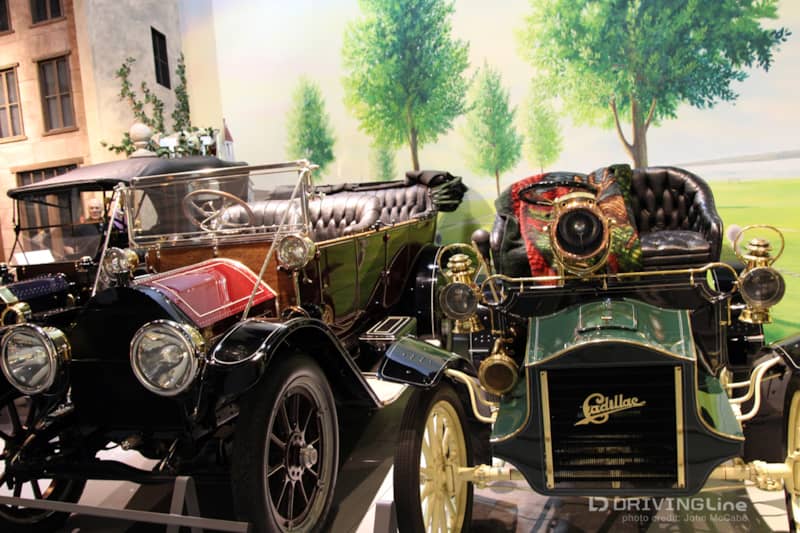
A Long Lull in Technological Advancement
Backward-thinking bureaucrats and the special-interest groups that support their political campaigns have often gotten in the path of progress. Although that shouldn’t come as a surprise, it truly has affected the development of headlight technology. In 1968, federal regulations required that all cars be equipped with either two or four sealed-beam headlights. Moreover, the laws also banned any decorative or protective covers over headlights. That’s right, the United States government banned manufacturers from protecting their headlights! As manufacturers created materials that were more flexible than steel, several of these regulations limited their application. For many years after that, headlight technology was at a standstill. This Ring Brothers customized 1971 Pantera, revealed this past year at SEMA, wouldn’t have been legal in the United States when it was built!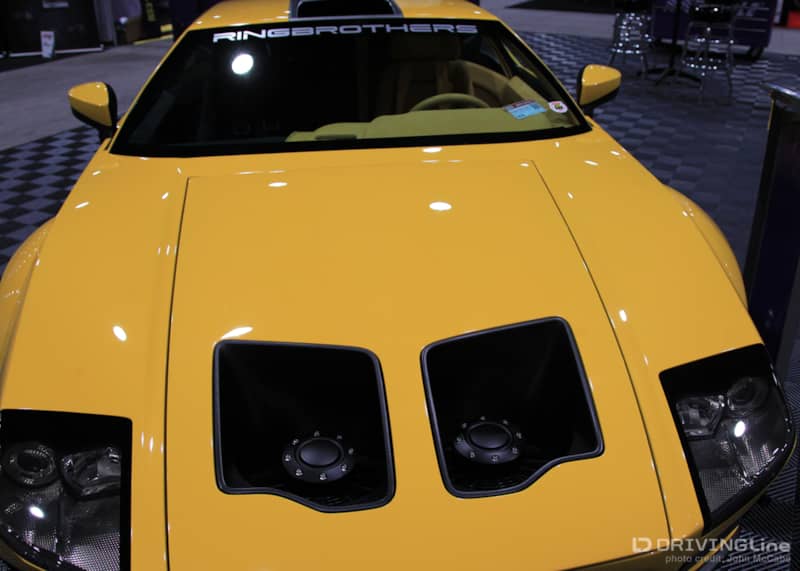
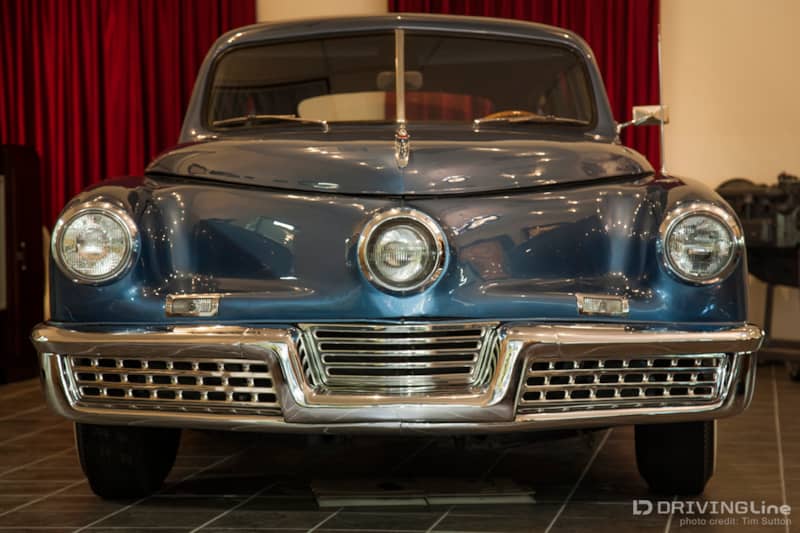
HID
In the early 1990s, BMW gave birth to Xenon High Intensity Discharge (HID). That’s the “blue lights” for the uninitiated (although you can actually get them in a range of "colors"). These lights, unlike their halogen predecessors, weren’t just a drop-in replacement for less effective incandescent bulbs. Because they run on 80-volt power (after an initial jump of 15,000 volts), HIDs require ballast and an igniter.LED
The latest and greatest lighting technology to hit the automotive world are Light Emitting Diodes (LEDs). They are an improvement over their predecessors on every level: They are brighter; they are less blinding to oncoming drivers; they use less energy and their compact size practically makes “headlights” a non-factor in automotive design. Although LEDs are more efficient and don’t burn as hot as other types of headlights, they do generate excess heat (energy) out the back so they aren’t quite the last word (yet) in headlight technology.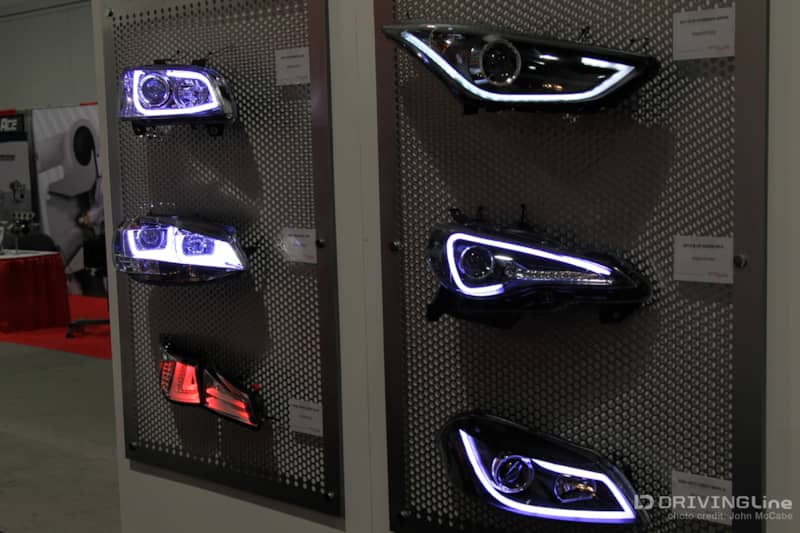
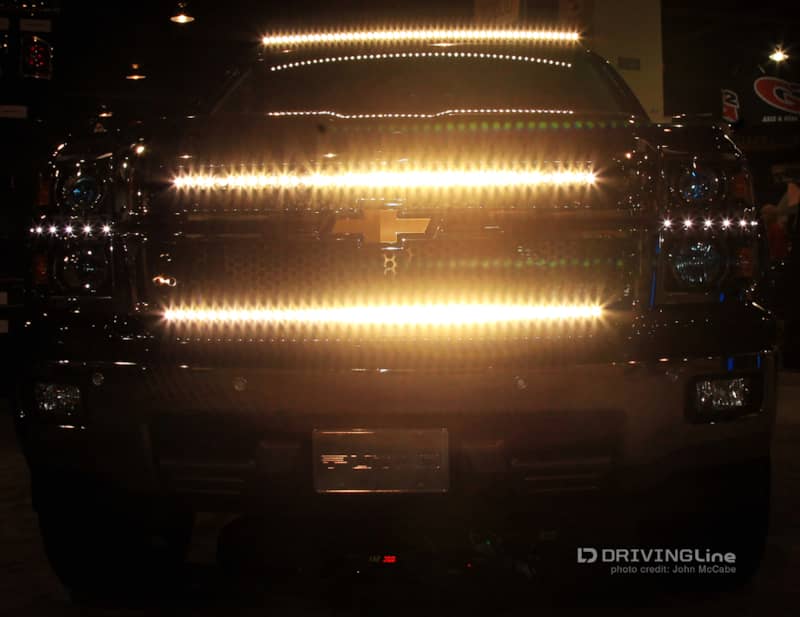
Style
Headlights are a very important aspect of a car’s style, and one of today’s primary drivers of technological advancement to the technology of headlights. Who among us hasn’t seen sports cars with retractable headlights? Of course, they’re most noticeable when one of the doors won’t close and they sit there winking at you as you diagnose a bad actuator or find the body damage that is causing the door to jam. The 1936 Cord 810 was the first to employ this setup. On the Cord’s dash were two small crank handles; one for each headlight; the driver merely had to turn the two cranks and headlights rose on the fenders, illuminating the road! Thanks to LEDs showing up in nearly every exotic and luxury car, pop-up headlights haven’t been seen on new cars out of the factory since the 2004 Chevrolet Corvette and 2004 Lotus Esprit.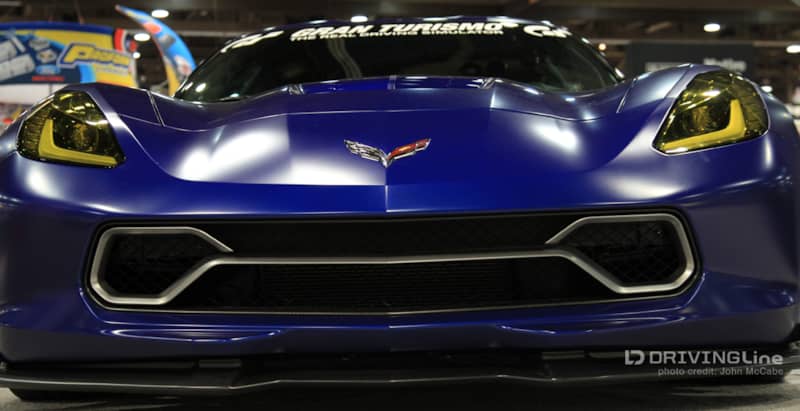
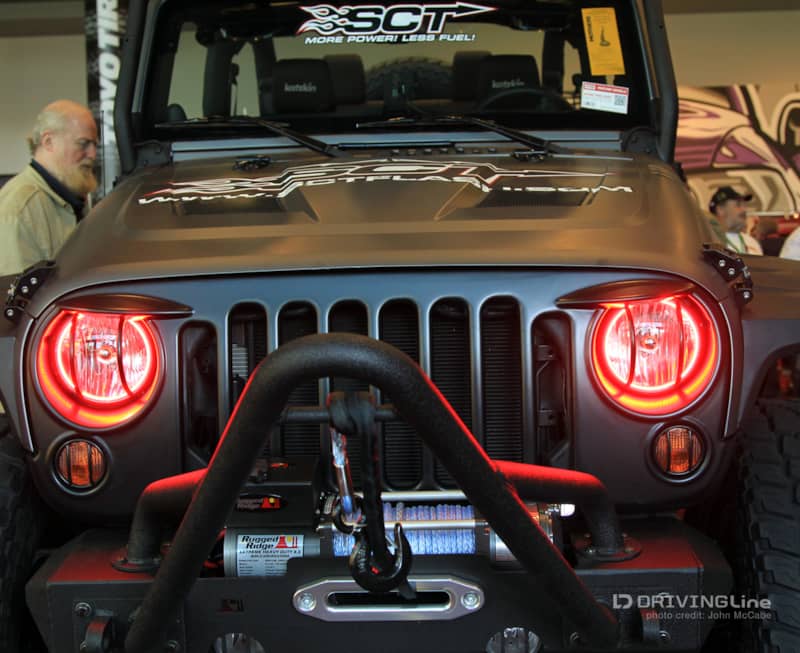
Safety
Lighting has always been a compromise between helping the driver to see and not blinding the other drivers on the road. If not for the need to protect the retinas of everyone else on the highway, people could install all the lighting they would want on their vehicles (kinda like this guy).